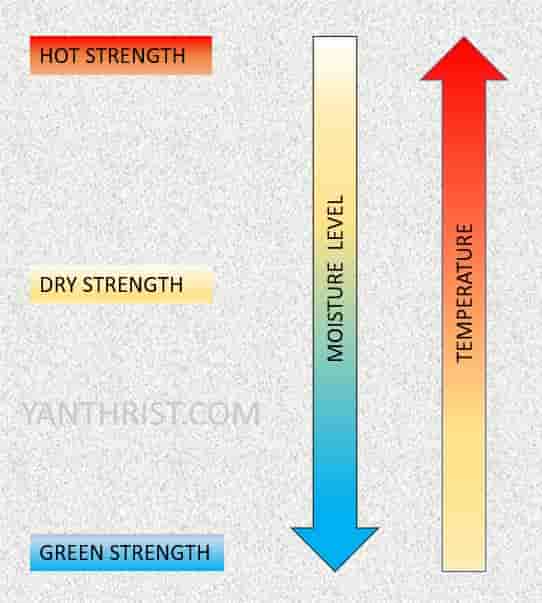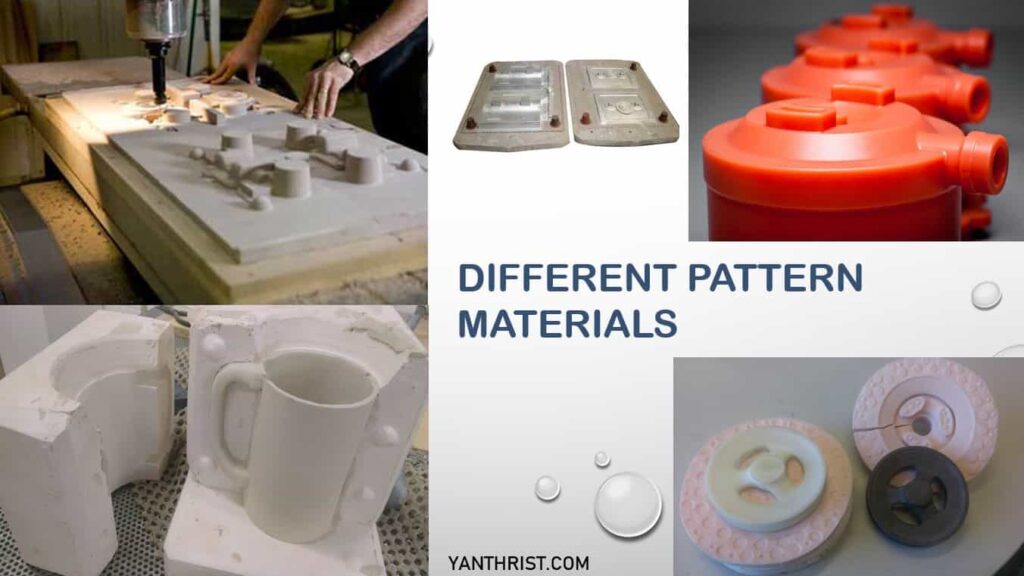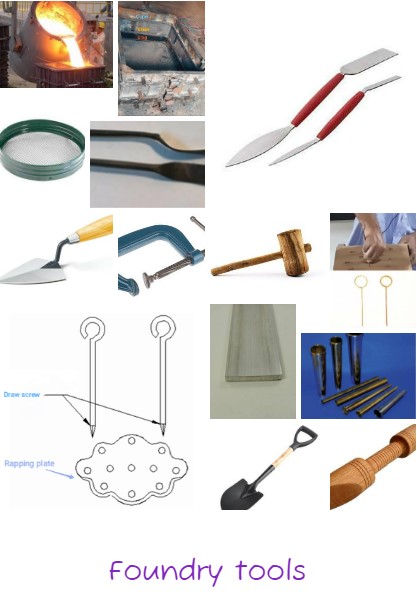Moulding materials are used for making cope, drag and core parts. As it’s used for making structural part it has to be processed certain kind of characteristics. Most desirable 8 Moulding Materials property are discussed below,
Table of Contents
MOULDING MATERIALS PROPERTY:-
1. REFRACTORINESS:-
It is the capability of the moulding sand material to withstand the high temperature of heat of the molten metal without causing any fusion. This property of moulding sand depends on presence of silica or quartz content and the shape and size of its grains. Rough and bigger grains increases refractoriness. Similarly, More amount of silica results in greater refractoriness.
2. GREEN STRENGTH:-
As the name suggests the sand which contains moisture called Green sand. It’s the strength of sand which helps the sand to retains its shape during moulding construction. In brief it’s the strength of sand before casting or pouring molten metal.
3. DRY STRENGTH:-
When sand have no moisture left called Dry sand. After molten metal poured into moulding cavity inner wall sand quickly looses its moisture and transformed into Dry sand. At this time it has to be adequate Dry strength to resist Erosion and withstand the metallostatic forces.
4. HOT STRENGTH:-
After pouring molten metal into cavity sand not only looses its moisture but also reached to a High temperature due to high temperatures of liquid molten metal. The strength of sand to retain the shape of mould at this stage called Hot Strength. Hot strength of sand should be enough to prevent enlargement, crack, or braking of moulding.
N.B- Strength of sand depends on grain size and shape, moisture present and sand density after ramming.
Strength∝ (1/Grain size)∝ (% Of Clay)∝ Moisture content

YOU CAN ALSO READ TOP 5 MATERIALS USED FOR MAKING PATTERN.
5. PERMEABILITY:-
During solidification of casting lots of steam and other gases to pass through the sand which are basically absorbed by metal in furnace, air from atmosphere. For good casting these gases must be passes through sand mould otherwise casting defect like Blowholes, Air Inclusions happens. So the sand must be porous enough to let the gas escape through it such characteristics called Permeability.
N.B- Standard permeability of cast iron for sand casting ranges of 50-170 ml/min.
6. THERMAL STABILITY:-
When sand wall comes with contact of hot molten metal it heated and expand suddenly so it should be dimensionally stable to avoid cracking.
7. FLOWABILITY:-
Flowability also called plasticity is a property of sand due to which it takes desired shape or design around pattern when ramming is done. It helps to generate a good replica of pattern inside moulding. It increases as clay and water increases.
8. GRAIN SHAPE AND SIZE:-
Fine regular shape grain make more compact structure and smooth surface. In foundry, sand is divided into 3 types according to their grain size
Fine Grain-
It’s used for small and complex casting.
Medium Grain-
It’s used light weight general purpose.
Coarse Grain-
It’s used for large size casting.
Other than above all,
1. sand must not provide any resistance during solidification of casting called Collapsibility to prevent any crack in casting.
2. Sand must be recyclable or reusable.
3. Sand should have good thermal conductivity,so that heat can quickly transferred from casting.


